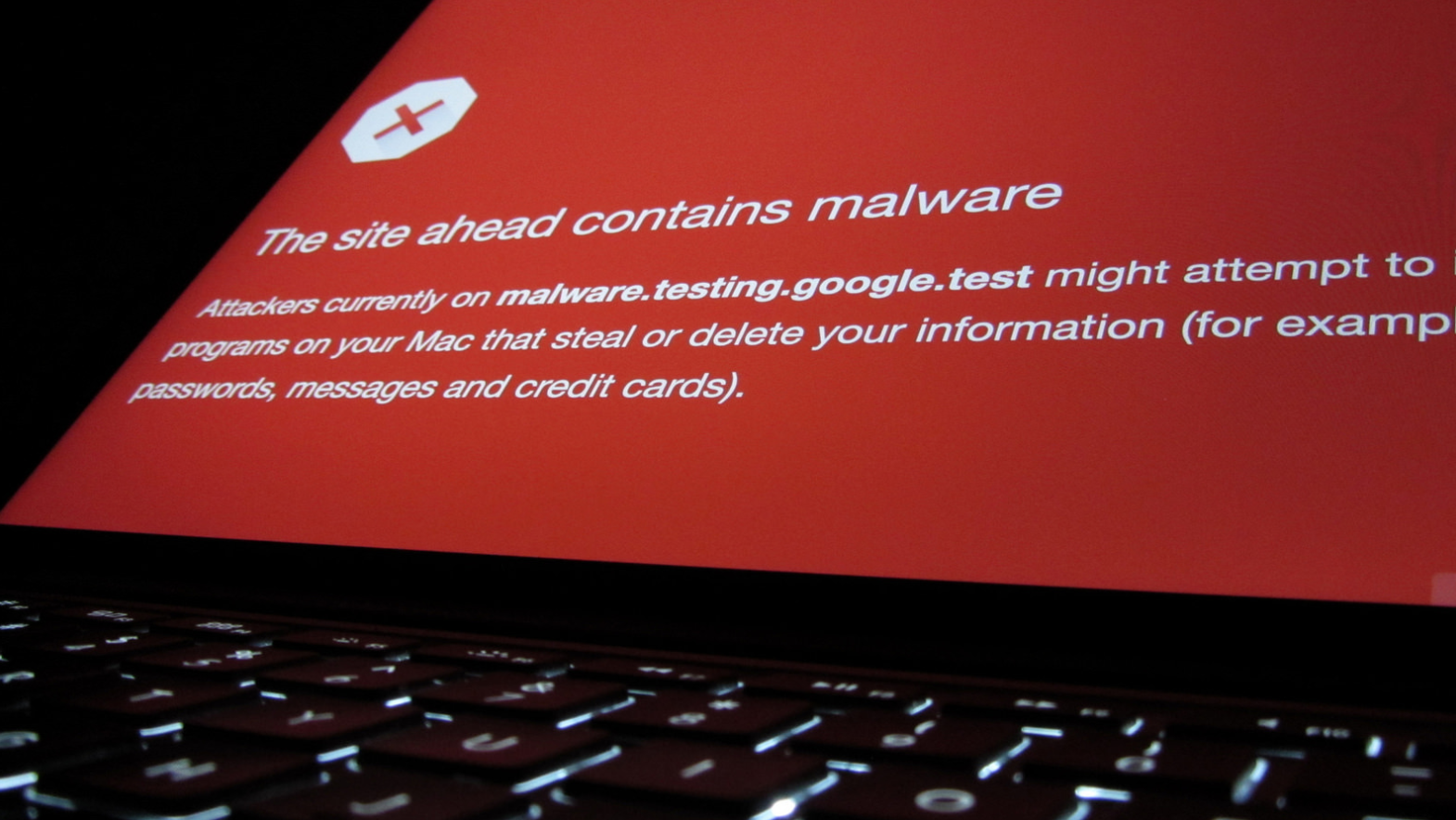Hacked in 2016: The Year Hacking Went Mainstream
Photo by Patrick Lux / Stringer / Getty Images
Another year, another slew of hacks. 2016 was much like 2015 and 2014 and years before that where corporations and individuals alike were hacked and breached but this year, things reached a new level where the playing field for global politics has been potentially rocked.
Here are some of the year’s biggest hacks that caught the headlines.
1. Yahoo can’t catch a break

Photo by Justin Sullivan / Getty Images.
Yahoo thought the worst of it was over, but on December 14 it announced news of a data breach that happened in 2013 where one billion (yes, billion) accounts were compromised. This is bad enough but the news comes just a few months after the revelation that 500 million accounts were hacked in 2014.
Whether it’s email or Flickr or even your ISP (some UK ISPs outsourced their mail services to Yahoo), you are in all likelihood affected. Who’s to blame this time around? Who knows, the fingers were pointed at Russian foes last time but one thing is for certain, Yahoo’s new owners Verizon can’t be happy. Change your passwords.
2. The DNC, Trump, and Russia

Photo by Chip Somodevilla / Getty Images.
Speaking of nation states, the hacking scandal around the DNC and President-elect Donald Trump keeps twisting and turning. The Obama administration and CIA has officially taken the line that Russian “interfered” in the election to ensure a win for Trump but it hasn’t released the evidence for scrutiny.
-

-

-

-

-

-

-

-

-

-

-

-

-

-

-

-

-

-

-

-

-

-

-

-

-

-

-

-

-

-

-

-

-

-

-

-

-

-

-

-










































